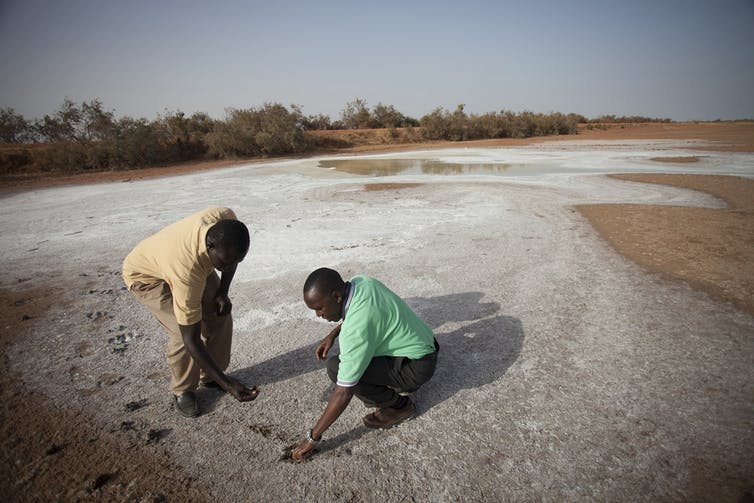World Agroforestry Center
World Agroforestry (ICRAF)
ICRAF
icraf
WorldAgroforestry@feeds.cgiar.org
Lessons from Kenya on how to restore degraded land
- From
-
Published on
15.08.18
- Impact Area

The state of the earth’s biodiversity – the world’s variety of living organisms – is in crisis. About one third of the world’s land has been severely degraded from its natural state. Some of the worst forms of degradation include deforestation, soil erosion, loss of soil fertility, declining water quality and pollution.
The post Lessons from Kenya on how to restore degraded land appeared first on Agroforestry World.
Related news
-

From Dirt to Decision-Making: Governance and Soil Health Must Go Hand in Hand
Multifunctional Landscapes Science Program26.11.25-
Biodiversity
-
Environmental health
-
Environmental health & biodiversity
In October, the world convened in Des Moines for the 2025 Borlaug Dialogue under the…
Read more -
-

ICRISAT’s Solar-Powered Water Hyacinth Harvester Recognized Among India’s Top 100 Innovations of 2025
International Crops Research Institute for the Semi-Arid Tropics (ICRISAT)18.11.25-
Environmental health
-
Poverty reduction, livelihoods & jobs
ICRISAT's Novel Solar-Powered Water Hyacinth Harvester has now earned a place in the prestigious To…
Read more -
-

CGIAR Multifunctional Landscapes at COP30: Advancing Adaptation and Nature-Based Solutions
Multifunctional Landscapes Science Program10.11.25-
Adaptation
-
Biodiversity
-
Environmental health
-
Environmental health & biodiversity
-
Mitigation
COP30 in Belém, Brazil is being heralded as a pivotal “COP of adaptation” and a…
Read more -

